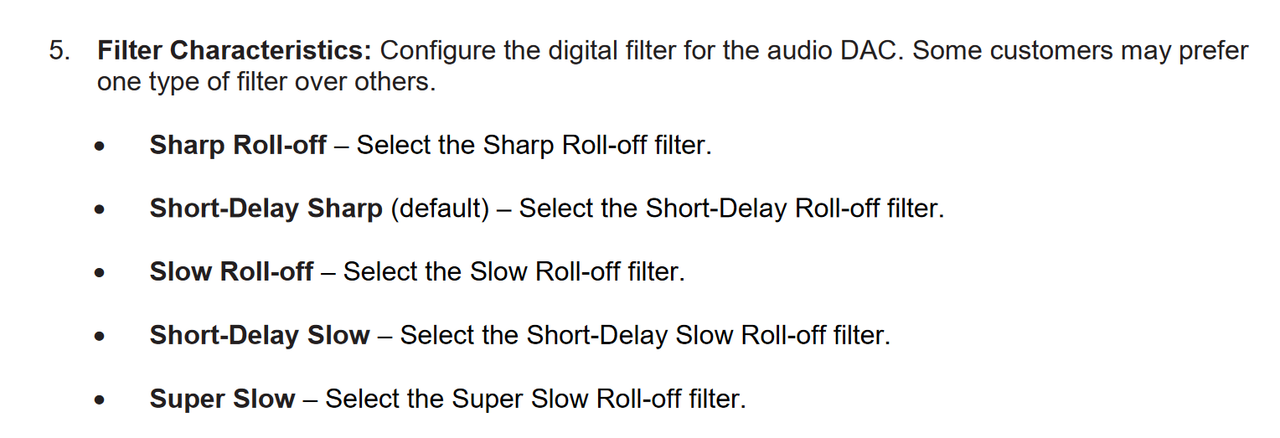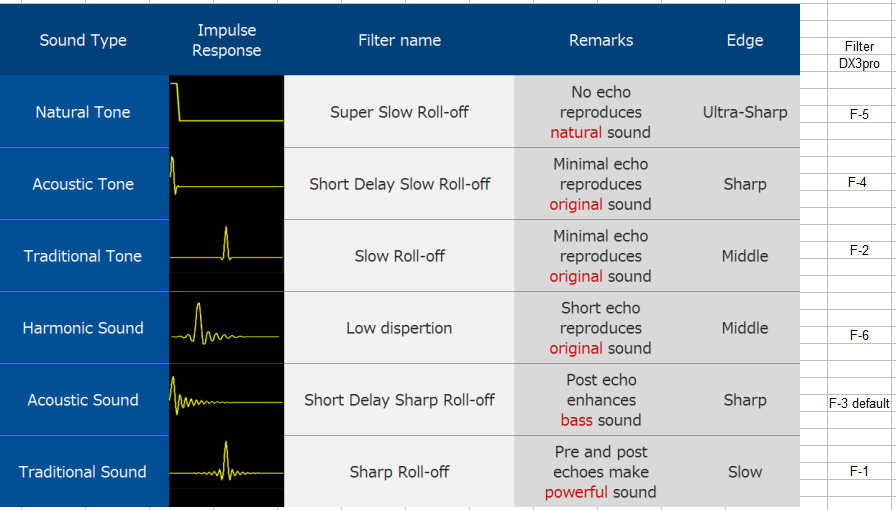I talked with OPPO support in Germany and they confirmed that the A/V Sync setting
indeed affects the analogue multi-channel outputs, so this basically has me right back into the ballgame of using the UDP-203 as a preamplifier, paired with an Emotiva A-5175.
I have been reading and reading, searching and searching, about room correction, Dirac and Audyssey, and I think there is a high risk that I won't like it, what I will like though, and what's a must, is a miniDSP for my two subwoofers, that I will not skip, it's very important. But I honestly believe that the room correction aspect coming from a receiver, there is a high chance of it creating a worse sound that without in my case, it's just a feeling, I don't know, it doesn't feel right.
See this short snippet:
I have these, four of them, one in each corner of the room:
10cm thick bass trap featuring Friendly Fibre® PET core and hidden LF membrane. Durable, effective and available in a range of fabrics and colours. Made in the UK.

eqacoustics.com
See how they perform, I would say they work effeciently between 100-300Hz.
The miniDSP will work beneath 100Hz, so maybe I have the whole 20-300Hz spectrum covered.
I understand most limit their room correction to 300Hz or slightly above, so perhaps I could get away with the physical treatments I've done to the room, paired with the miniDSP?
All this 8K, HDMI 2.1, VRR; 120Hz, Spotify, Tidal, Deezer, Zone 2/3, FM/AM, I just don't need it, lol...
Something tells me I want pure power, 5x125W, Emotiva A-5175 seem to have 115db S/N ratio, the UDP-203 is also quite up there in the very same ballpark, there is basically no receiver capable of those levels, most fall short well below 100dB, been looking at ASR and Denon seem to be the best, but performs only great if used as a preamplifier with the pre-amp mode turned ON, I would need to use the internal amplification, so the point is rather moot.
Emotiva A-5175 also has better second hand value, sort of digging the idea.
I could get it for $999 here in Europe, they don't sell as cheap as in the US, and I'm fine with it.
A receiver would cost me more, like $1500-2000, and I feel like I will get less.
What do you guys think?
Also, I am wondering what the roll-off filters in the AKM4458VN DAC does in the UDP-203.
I understand this DAC is used in many AVR's too, especially in the AVR's I have been looking at, Denon, Marantz.


Does this affect the bass, midrange, treble?
What exactly is adjusted by these different filters?
Thank you, wholeheartedly!